Last year, our first frost of fall in North Carolina occurred later than usual for most of the state. Many are wondering if we will see a repeat of that this year as well.
For our gardeners, the first frost of fall signifies the end of our growing season. As of right now, only the highest peaks in the state have reached temperatures cold enough for frost to form.
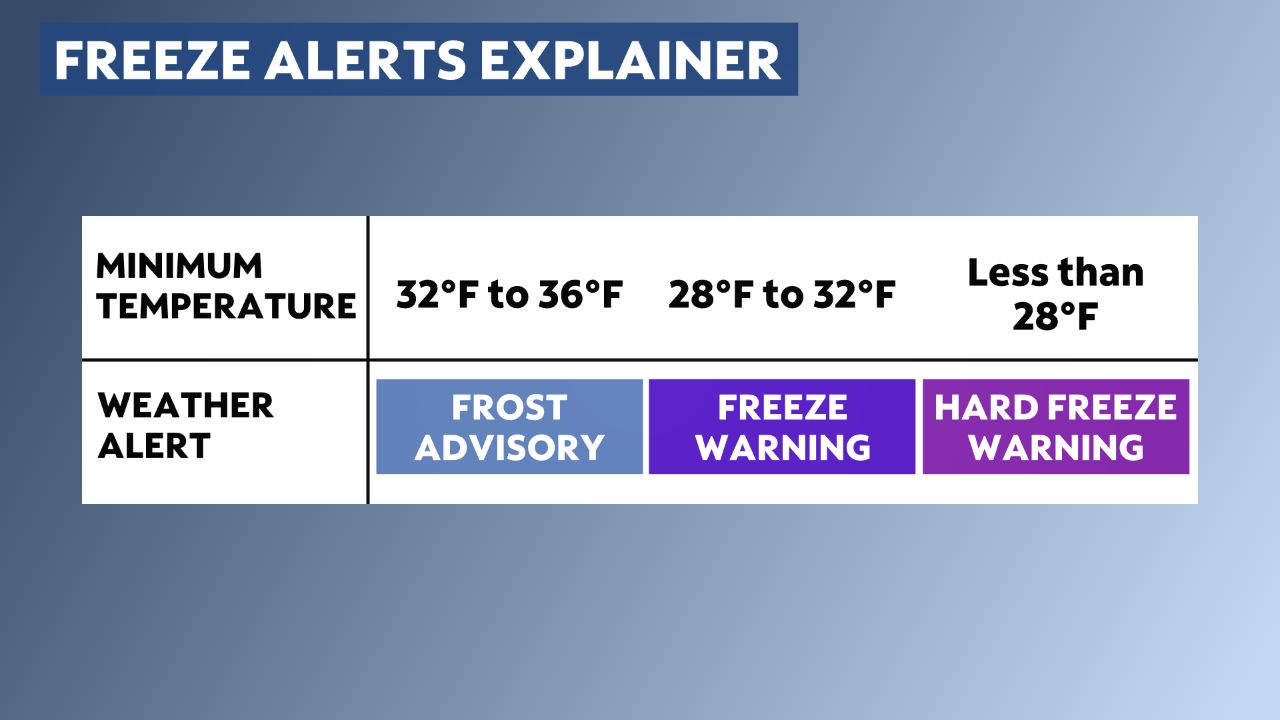
While a Frost Advisory is typically issued when temperatures drop below 36 degrees, it takes below freezing temperatures in the forecast for a Freeze Warning to be issued.
This year, the National Weather Service updated our so-called "climate normals", which dictate what is considered average in terms of precipitation and temperature over a certain time period in a particular area. You can read all about those new "normals" here.
Based on the old data, our first frost typically occurred in October with the Coastal Plain seeing sub-36 degree temperatures in November.
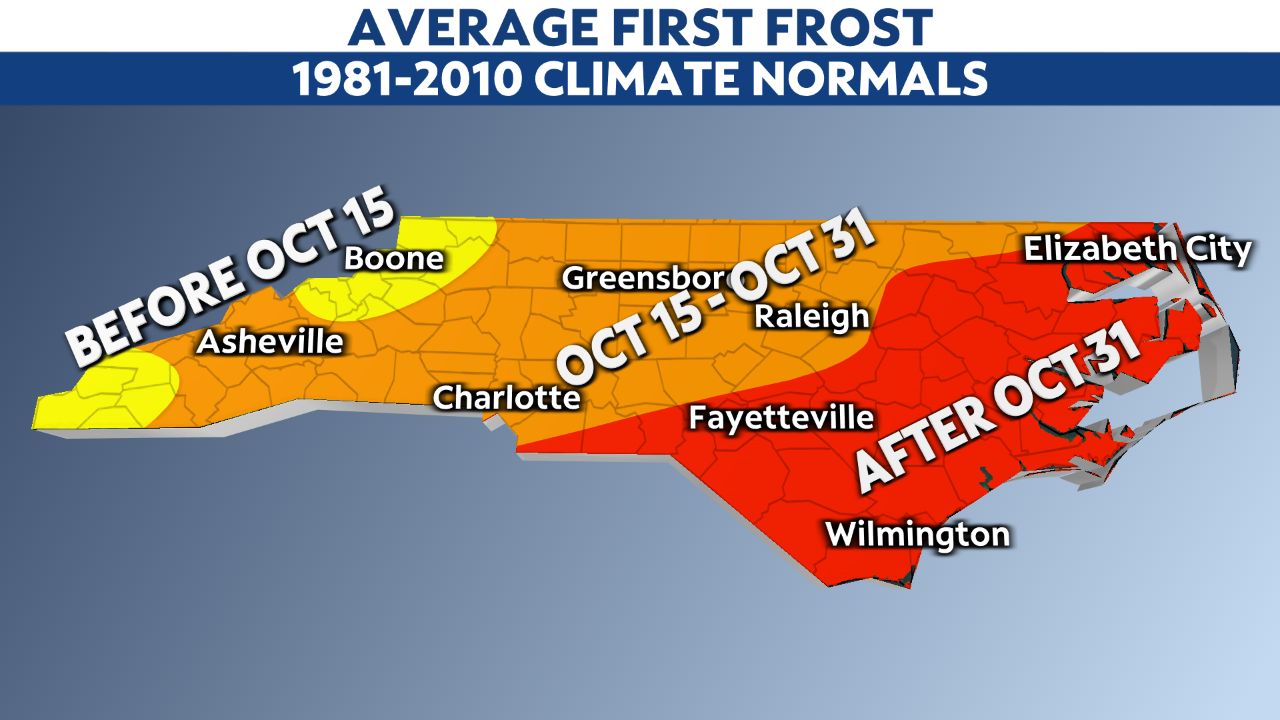
However, the newest climate data now suggests that the last three decades have seen the first frost of fall trend later in the season. Fewer communities in the mountains experience their first frost in September, whereas the vast majority of the state now sees their first frost in October and November.
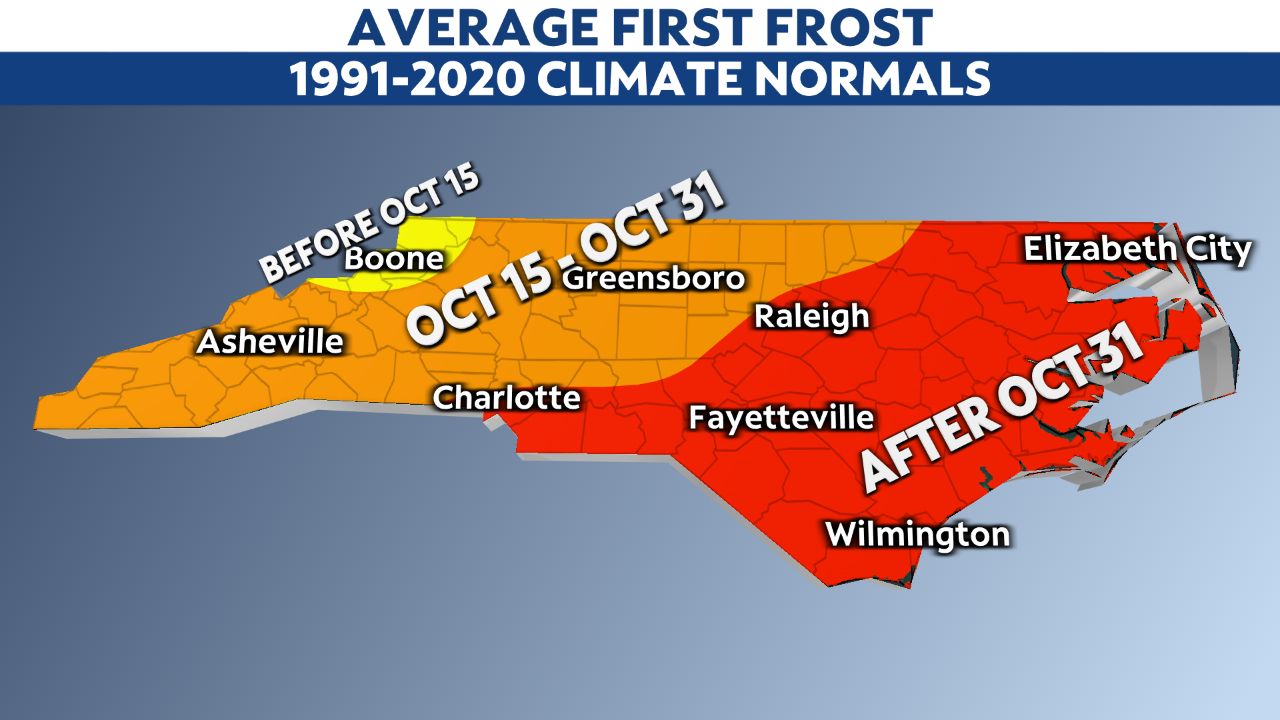
If we look even closer at how the climate has changed over the last century, we find even more interesting information hidden in our weather history.
For example, up until the 1980s, we actually saw a trend toward an earlier first frost of fall. It has only been during the last 40 years that we have seen that trend reverse course.
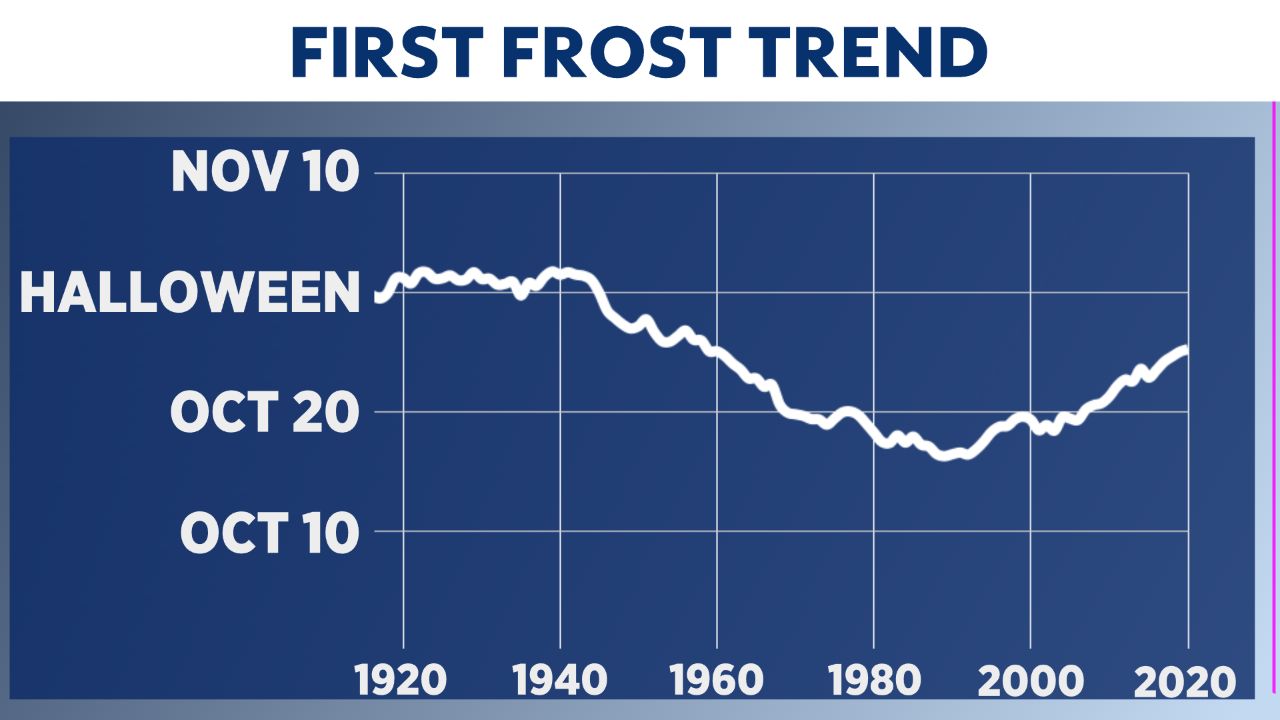
That's all to say that it looks likely that we will see a later than average first frost of fall this year. The seasonal outlook for the months of October and November predicts warmer-than-average temperatures locally and around the region.
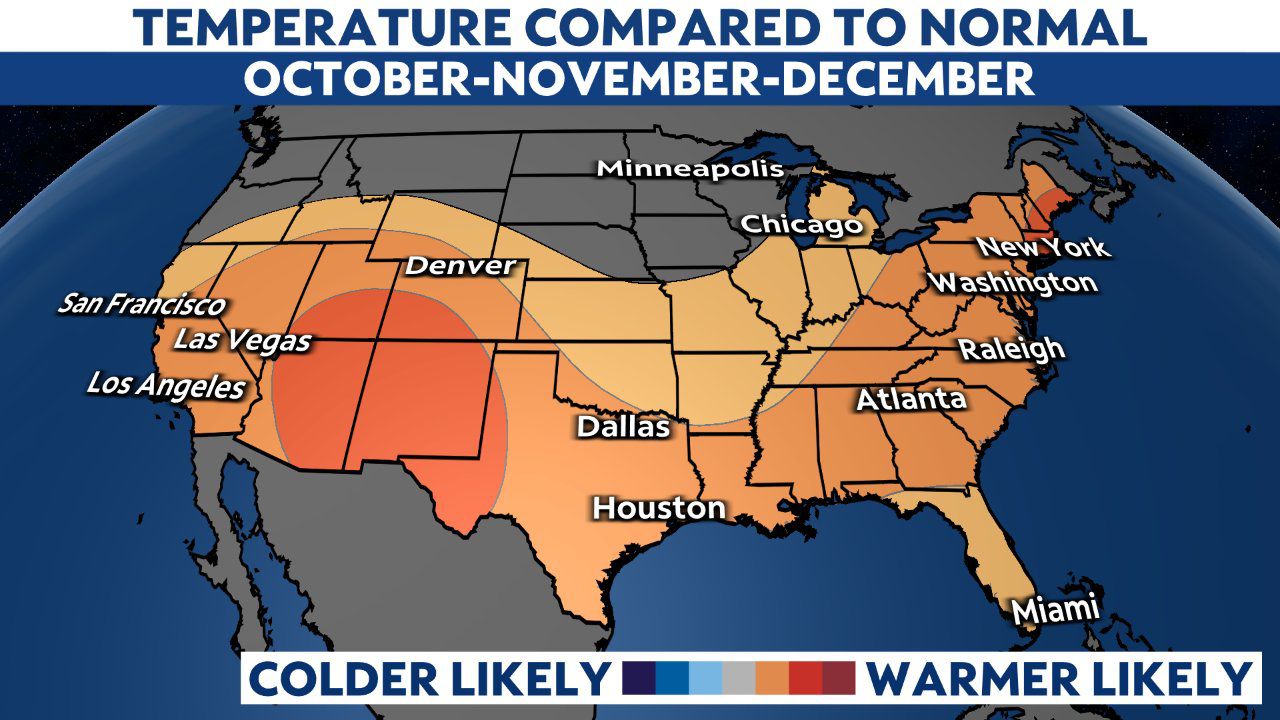
Stay with Spectrum News 1 for the latest Weather On The 1s forecast!





